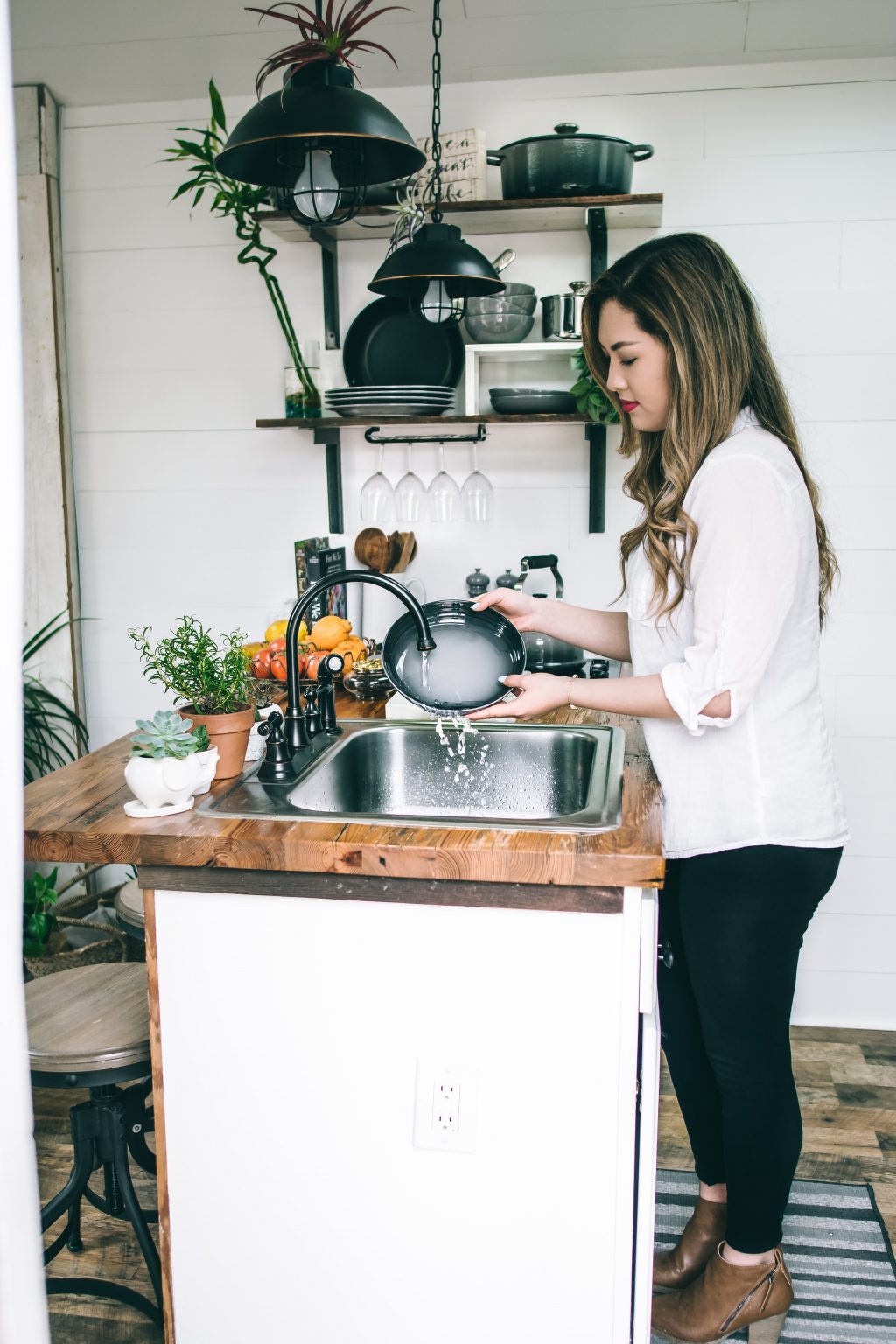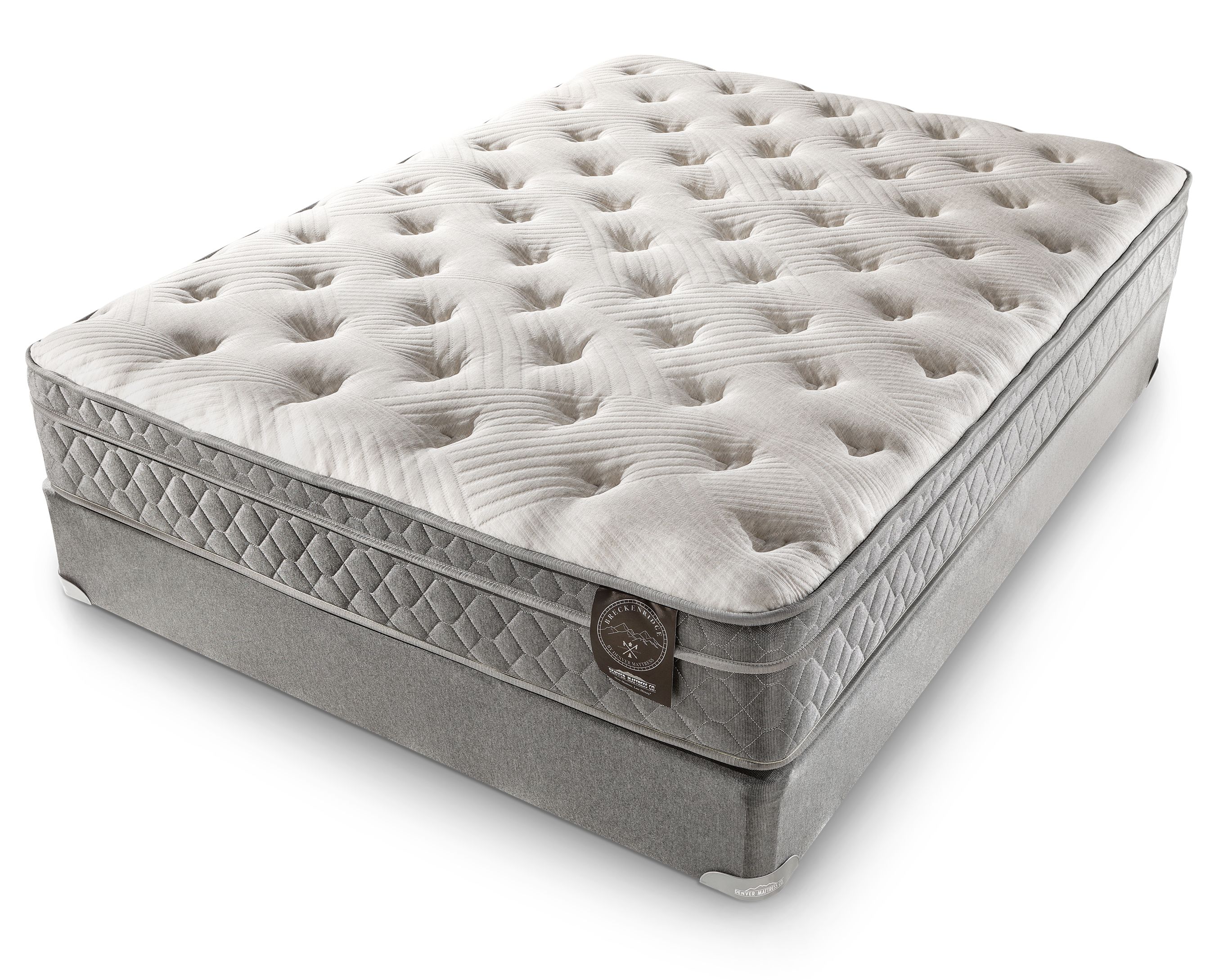Are you experiencing low water pressure in your kitchen island sink? This can be a frustrating issue, especially when trying to do dishes or fill up a pot with water. Luckily, there are several possible solutions to fix this problem. In this article, we will discuss the common causes of low water pressure in a kitchen island sink and how to troubleshoot and fix it. So, let's get started!How to Fix Low Water Pressure in a Kitchen Island Sink
Low water pressure in a kitchen island sink can be caused by a variety of reasons, including clogged water lines, faulty pressure regulators, or even issues with the water supply itself. The first step in fixing this issue is to identify the root cause. Here are some steps you can take to troubleshoot and fix low water pressure in your kitchen island sink.How to Troubleshoot and Fix Low Water Pressure in a Kitchen Island Sink
Clogged water lines: Over time, mineral deposits and debris can build up in your water lines, causing them to become clogged. This restricts the flow of water and results in low water pressure. If you suspect this to be the issue, you can try cleaning out the water lines by running a mixture of vinegar and water through them. Pressure regulators: Your kitchen island sink may have a pressure regulator that helps to control the flow of water. If this regulator is faulty or worn out, it can cause low water pressure. In this case, you may need to replace the pressure regulator to fix the issue. Water supply issues: Sometimes, low water pressure in a kitchen island sink can be caused by problems with the water supply itself. This could be due to a main water line break, low water levels, or issues with the municipal water supply. In this case, you may need to contact your water provider to resolve the issue.Common Causes of Low Water Pressure in a Kitchen Island Sink
If you've identified the cause of low water pressure in your kitchen island sink, here are some ways you can increase the water pressure: Check for leaks: Leaks in your water lines can cause low water pressure. Make sure to check for any leaks and fix them accordingly. Install a water booster pump: A water booster pump can help increase the water pressure in your kitchen island sink. This is especially useful if you live in an area with low water pressure. Clean the aerator: The aerator on your kitchen island sink faucet can also become clogged with mineral deposits, affecting the water pressure. Remove and clean the aerator to improve water flow.How to Increase Water Pressure in a Kitchen Island Sink
If your kitchen island sink has no water pressure at all, here are some possible solutions: Check the shut-off valve: Make sure the shut-off valve under the sink is fully open. Sometimes, it can accidentally get turned off and prevent water from flowing. Inspect the water supply lines: There may be an issue with the water supply lines that are connected to your kitchen island sink. Check for any kinks or damage and replace them if necessary. Call a professional plumber: If you've tried all the above solutions and still have no water pressure in your kitchen island sink, it's best to call a professional plumber. They can inspect your plumbing system and identify the cause of the issue.Possible Solutions for a Kitchen Island Sink with No Water Pressure
If you suspect that your kitchen island sink water line is clogged, here's how you can check: Turn off the water supply: Before checking for a clog, make sure to turn off the water supply to your kitchen island sink. Remove the water line: Using a wrench, remove the water line from the faucet and the shut-off valve. Use a wire or drain snake: Insert a wire or drain snake into the water line to push out any debris or buildup. You can also use a mixture of vinegar and water to flush out the line.How to Check for a Clogged Kitchen Island Sink Water Line
If you've determined that the pressure regulator is causing low water pressure in your kitchen island sink, here's how you can replace it: Turn off the water supply: Make sure to turn off the water supply before replacing the pressure regulator. Remove the old pressure regulator: Using a wrench, remove the old pressure regulator from the water line. Install the new pressure regulator: Attach the new pressure regulator to the water line and tighten it with a wrench.How to Replace a Kitchen Island Sink Water Pressure Regulator
If you've decided to install a water pressure booster pump to increase the water pressure in your kitchen island sink, here's how you can do it: Choose the right pump: There are various types of water pressure booster pumps available, so make sure to choose one that is suitable for your kitchen island sink. Install the pump: Follow the manufacturer's instructions to install the pump in your water line. Test the water pressure: Once installed, turn on the water supply and test the water pressure to ensure it has increased.How to Install a Water Pressure Booster Pump for a Kitchen Island Sink
If your kitchen island sink has no hot water pressure, here are some steps you can take to fix it: Check the hot water heater: Make sure the hot water heater is turned on and functioning properly. If it's not, you may need to call a professional to repair it. Check the water supply lines: Inspect the water supply lines connected to your hot water heater for any issues, such as kinks or damage. Call a plumber: If you're unable to fix the issue yourself, it's best to call a plumber to diagnose and repair the problem.How to Fix a Kitchen Island Sink with No Hot Water Pressure
If your kitchen island sink has no cold water pressure, here's what you can do: Check the water shut-off valve: Make sure the cold water shut-off valve is fully open. Clean the aerator: The aerator on your kitchen island sink faucet may be clogged, affecting the cold water pressure. Remove and clean it to improve water flow. Call a professional: If the above solutions don't work, it's best to call a professional plumber to diagnose and fix the issue. In conclusion, low water pressure in a kitchen island sink can be caused by a variety of reasons. By following the steps outlined in this article, you can troubleshoot and fix the issue and get your kitchen island sink back to its full water pressure. If you're unsure or uncomfortable with handling any of these solutions yourself, it's always best to call a professional plumber for assistance. Remember, proper water pressure is essential for a functional and efficient kitchen sink. How to Repair a Kitchen Island Sink with No Cold Water Pressure
How to Fix Low Water Pressure in a Kitchen Island Sink
/kitchen-island-with-sink-ideas-6-naked-kitchens-heathwood-5857587bd7714e24a0f831ebd373918c.jpeg)
The Importance of Water Pressure in a Kitchen Island Sink
 Having a kitchen island sink can greatly enhance the functionality and design of your kitchen. However, it can be frustrating when the water pressure in your kitchen island sink is low. Low water pressure can make simple tasks like washing dishes or filling up a pot take longer and become a hassle. It can also indicate underlying plumbing issues that need to be addressed. In this article, we will discuss the common causes of low water pressure in a kitchen island sink and how you can fix it to ensure a smooth and efficient workflow in your kitchen.
Having a kitchen island sink can greatly enhance the functionality and design of your kitchen. However, it can be frustrating when the water pressure in your kitchen island sink is low. Low water pressure can make simple tasks like washing dishes or filling up a pot take longer and become a hassle. It can also indicate underlying plumbing issues that need to be addressed. In this article, we will discuss the common causes of low water pressure in a kitchen island sink and how you can fix it to ensure a smooth and efficient workflow in your kitchen.
Causes of Low Water Pressure in a Kitchen Island Sink
:max_bytes(150000):strip_icc()/incredible-kitchen-islands-with-seating-1822164-hero-ab8cf0c1c21f4c1ca658145cb6b52338.jpg) There are several reasons why your kitchen island sink may have low water pressure. One of the most common causes is a clogged aerator. The aerator is the small screen at the end of the faucet that helps regulate and control the flow of water. Over time, mineral deposits and debris can build up in the aerator, restricting the flow of water. Another possible cause is a damaged or clogged water supply line. If the water supply line is damaged, kinked, or clogged, it can restrict the flow of water to your kitchen island sink. Additionally, if your kitchen island sink is located far from the main water supply line, it may not be receiving enough water pressure.
There are several reasons why your kitchen island sink may have low water pressure. One of the most common causes is a clogged aerator. The aerator is the small screen at the end of the faucet that helps regulate and control the flow of water. Over time, mineral deposits and debris can build up in the aerator, restricting the flow of water. Another possible cause is a damaged or clogged water supply line. If the water supply line is damaged, kinked, or clogged, it can restrict the flow of water to your kitchen island sink. Additionally, if your kitchen island sink is located far from the main water supply line, it may not be receiving enough water pressure.
How to Fix Low Water Pressure in a Kitchen Island Sink
 If your kitchen island sink has low water pressure, here are some steps you can take to fix it:
1. Clean the Aerator: Start by removing the aerator from the end of the faucet. Soak it in a solution of equal parts water and vinegar for about an hour. This will help dissolve any mineral deposits or debris that may be clogging it. Rinse the aerator thoroughly and reattach it to the faucet.
2. Check the Water Supply Line: Inspect the water supply line for any damages or clogs. If you notice any, replace the line or clean out any debris that may be causing the blockage.
3. Install a Booster Pump: If your kitchen island sink is far from the main water supply line, consider installing a booster pump. This will help increase water pressure and ensure a steady flow of water to your sink.
4. Contact a Professional Plumber: If the above steps do not solve the issue, it may be time to call a professional plumber. They will be able to identify and fix any underlying plumbing issues that may be causing the low water pressure in your kitchen island sink.
If your kitchen island sink has low water pressure, here are some steps you can take to fix it:
1. Clean the Aerator: Start by removing the aerator from the end of the faucet. Soak it in a solution of equal parts water and vinegar for about an hour. This will help dissolve any mineral deposits or debris that may be clogging it. Rinse the aerator thoroughly and reattach it to the faucet.
2. Check the Water Supply Line: Inspect the water supply line for any damages or clogs. If you notice any, replace the line or clean out any debris that may be causing the blockage.
3. Install a Booster Pump: If your kitchen island sink is far from the main water supply line, consider installing a booster pump. This will help increase water pressure and ensure a steady flow of water to your sink.
4. Contact a Professional Plumber: If the above steps do not solve the issue, it may be time to call a professional plumber. They will be able to identify and fix any underlying plumbing issues that may be causing the low water pressure in your kitchen island sink.
In Conclusion
:strip_icc()/kitchen-island-with-sink-ideas-1-mindy-gayer-la-jolla-8330c20a430e417a9520eb479f30fb4e.jpeg) A kitchen island sink with low water pressure can be frustrating and inconvenient. By understanding the common causes and following the steps outlined in this article, you can fix the issue and enjoy a fully functional and efficient kitchen island sink. If the problem persists, do not hesitate to seek help from a professional plumber to ensure the proper functioning of your kitchen plumbing.
A kitchen island sink with low water pressure can be frustrating and inconvenient. By understanding the common causes and following the steps outlined in this article, you can fix the issue and enjoy a fully functional and efficient kitchen island sink. If the problem persists, do not hesitate to seek help from a professional plumber to ensure the proper functioning of your kitchen plumbing.




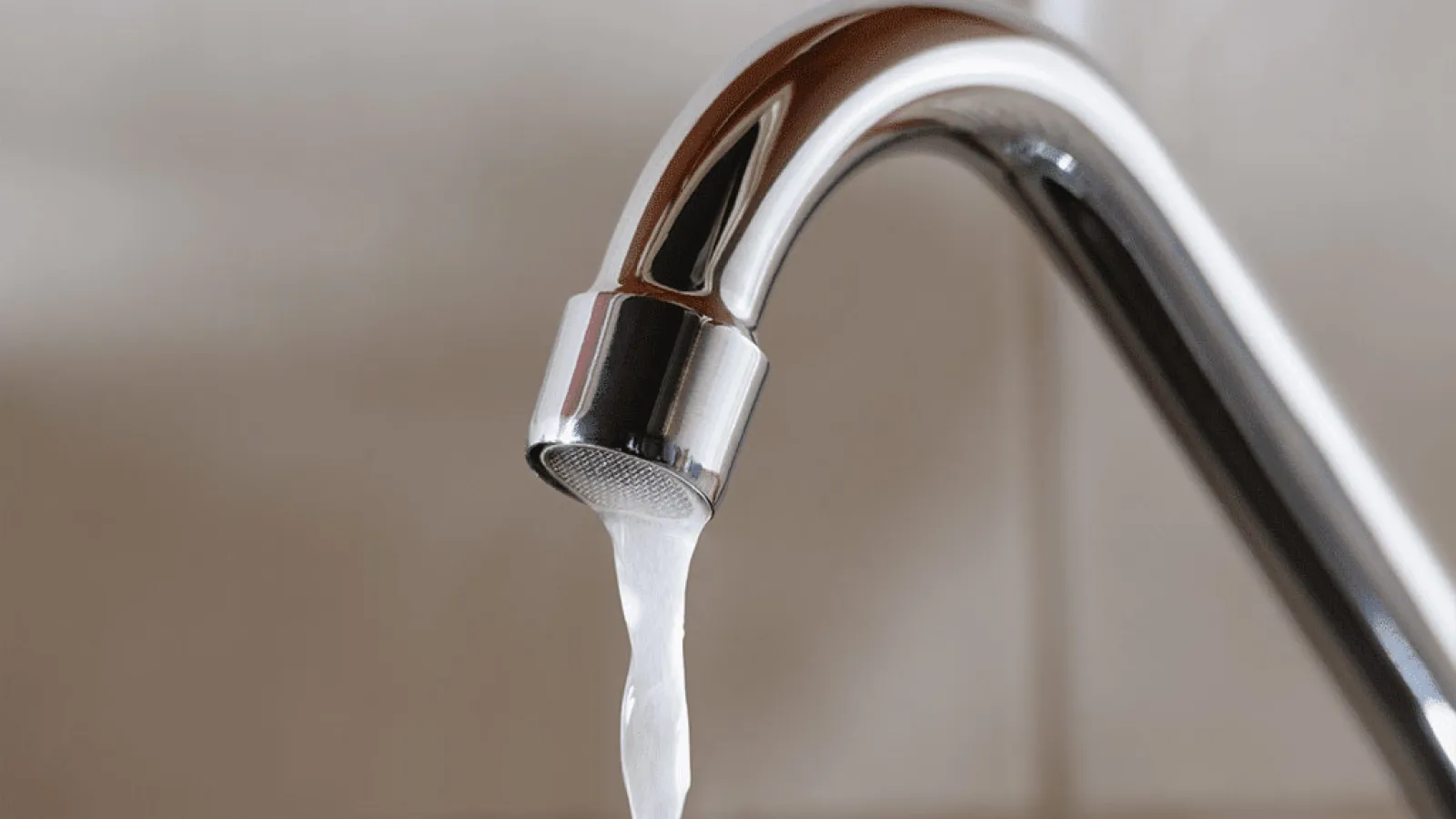












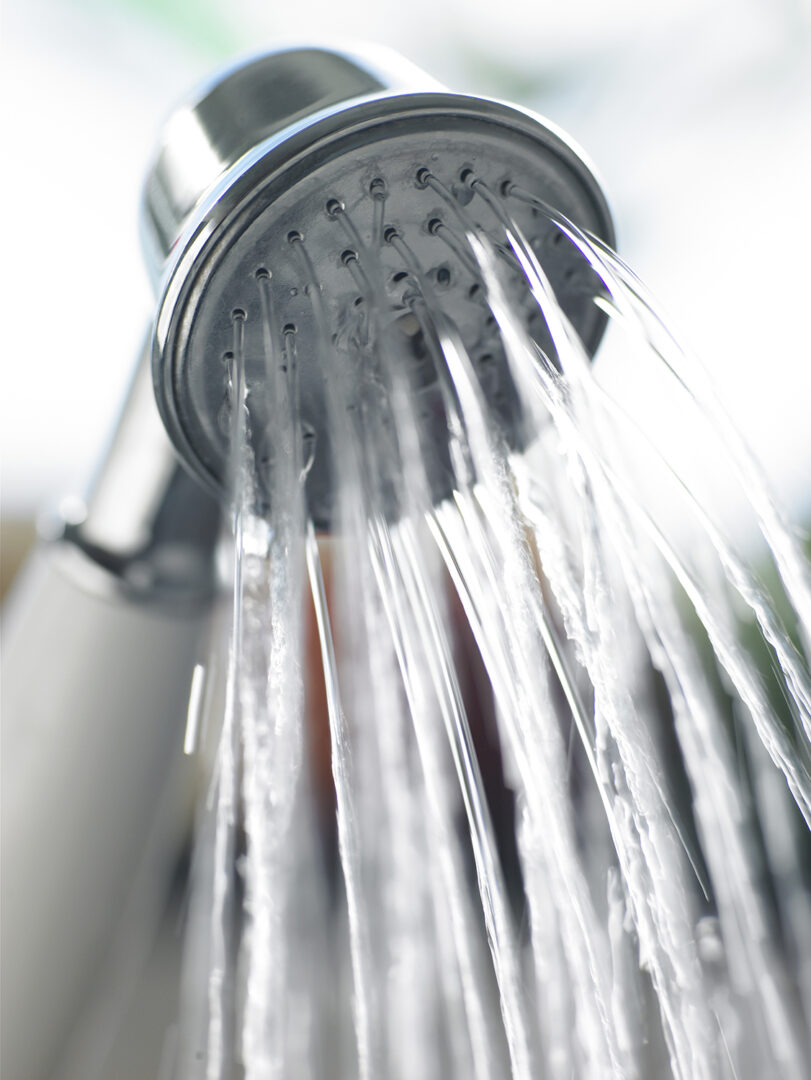





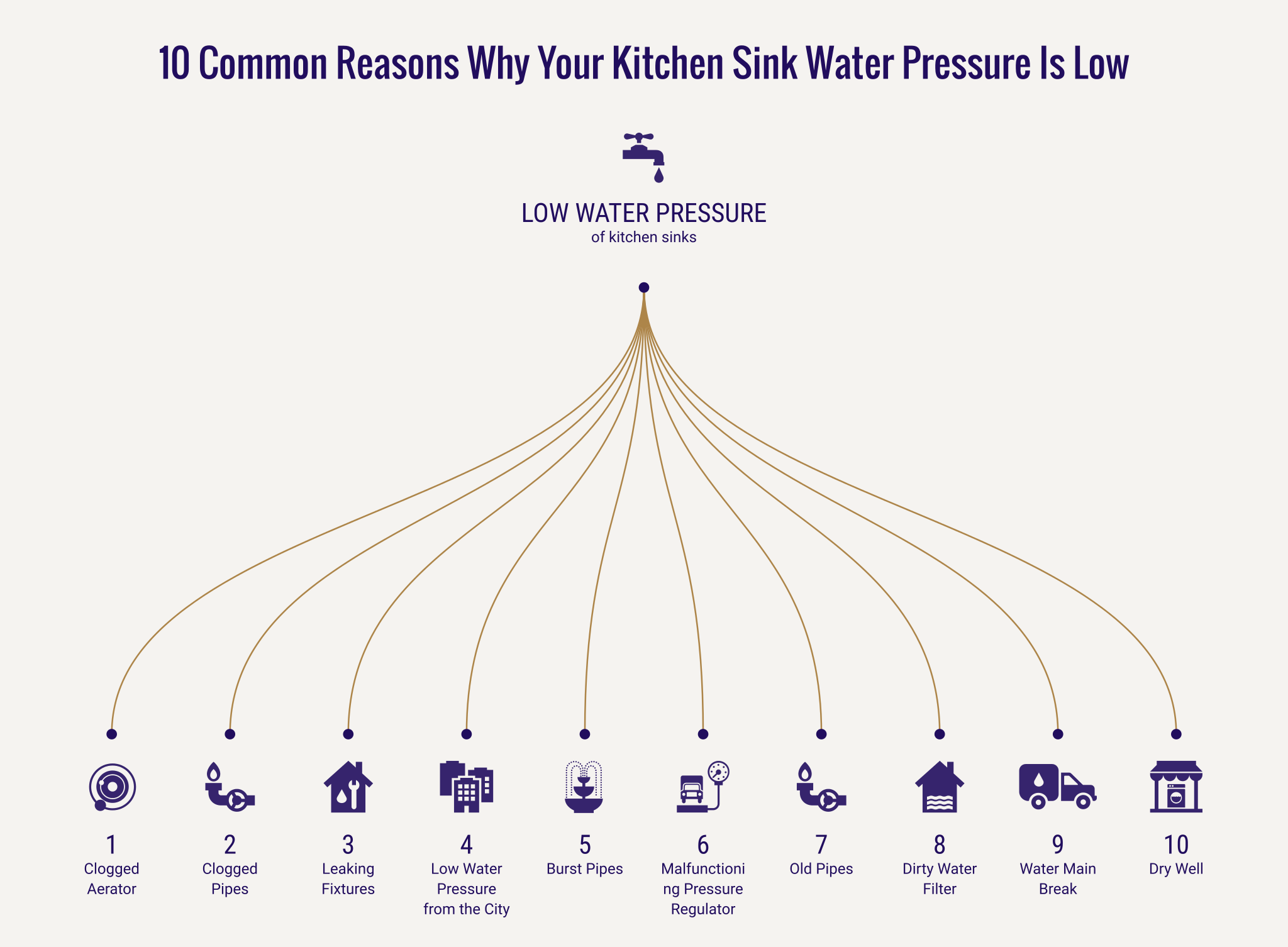



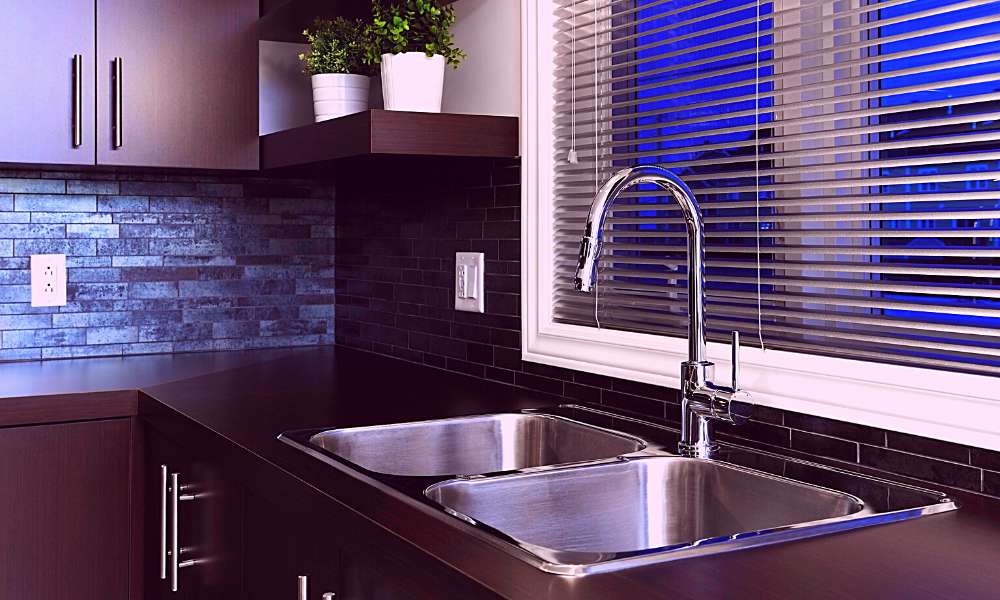




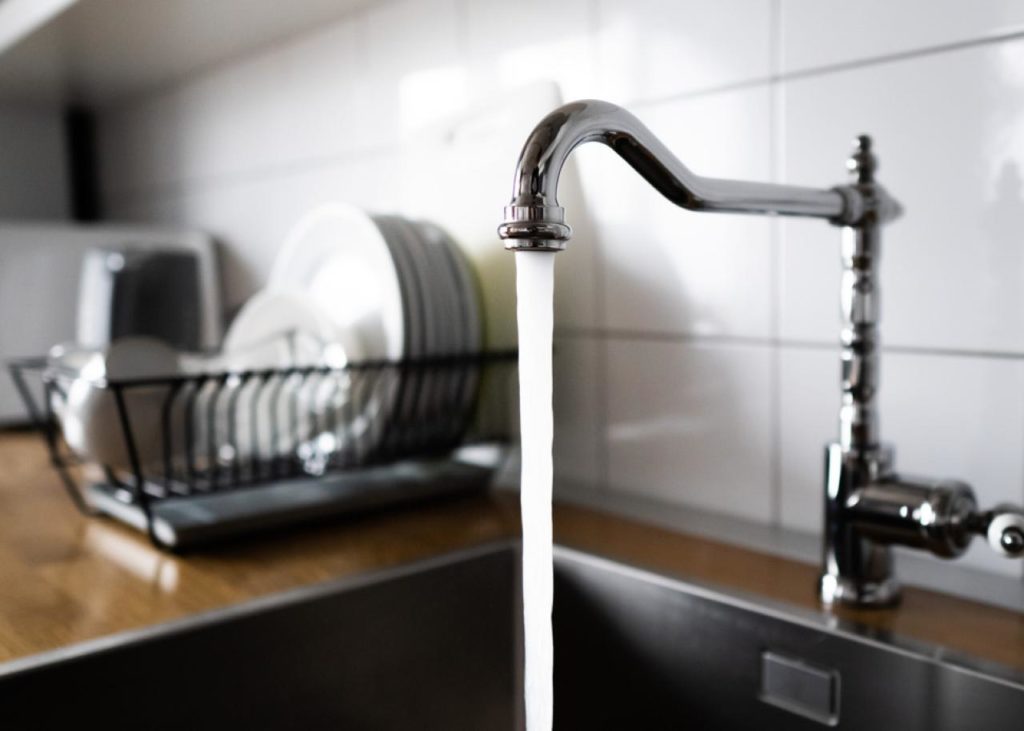







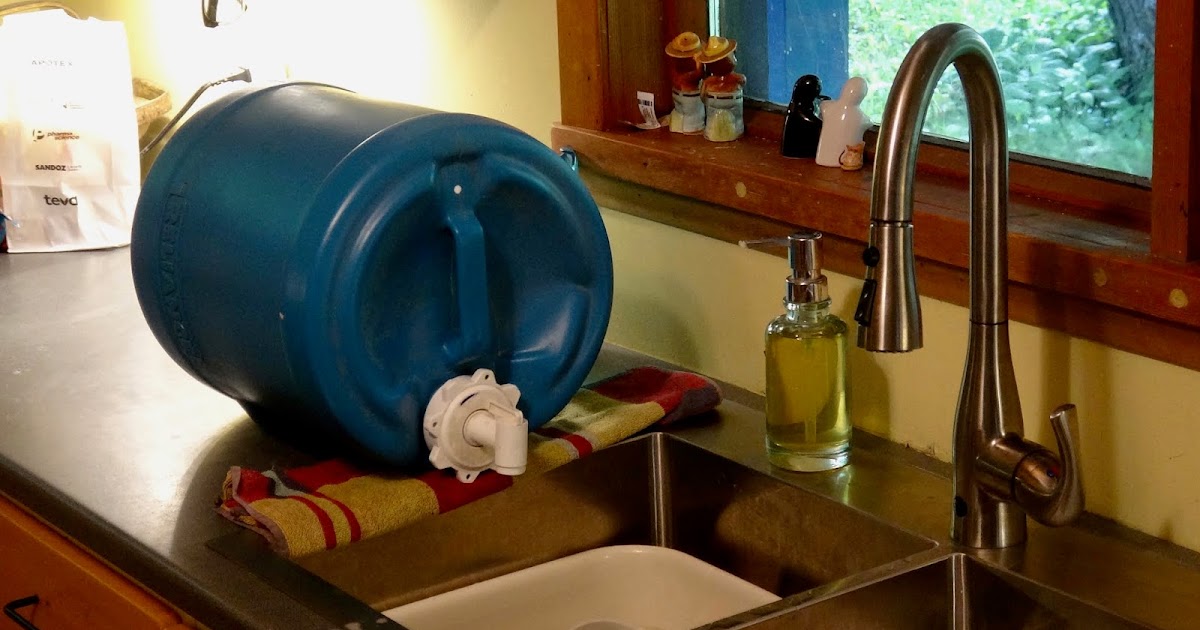


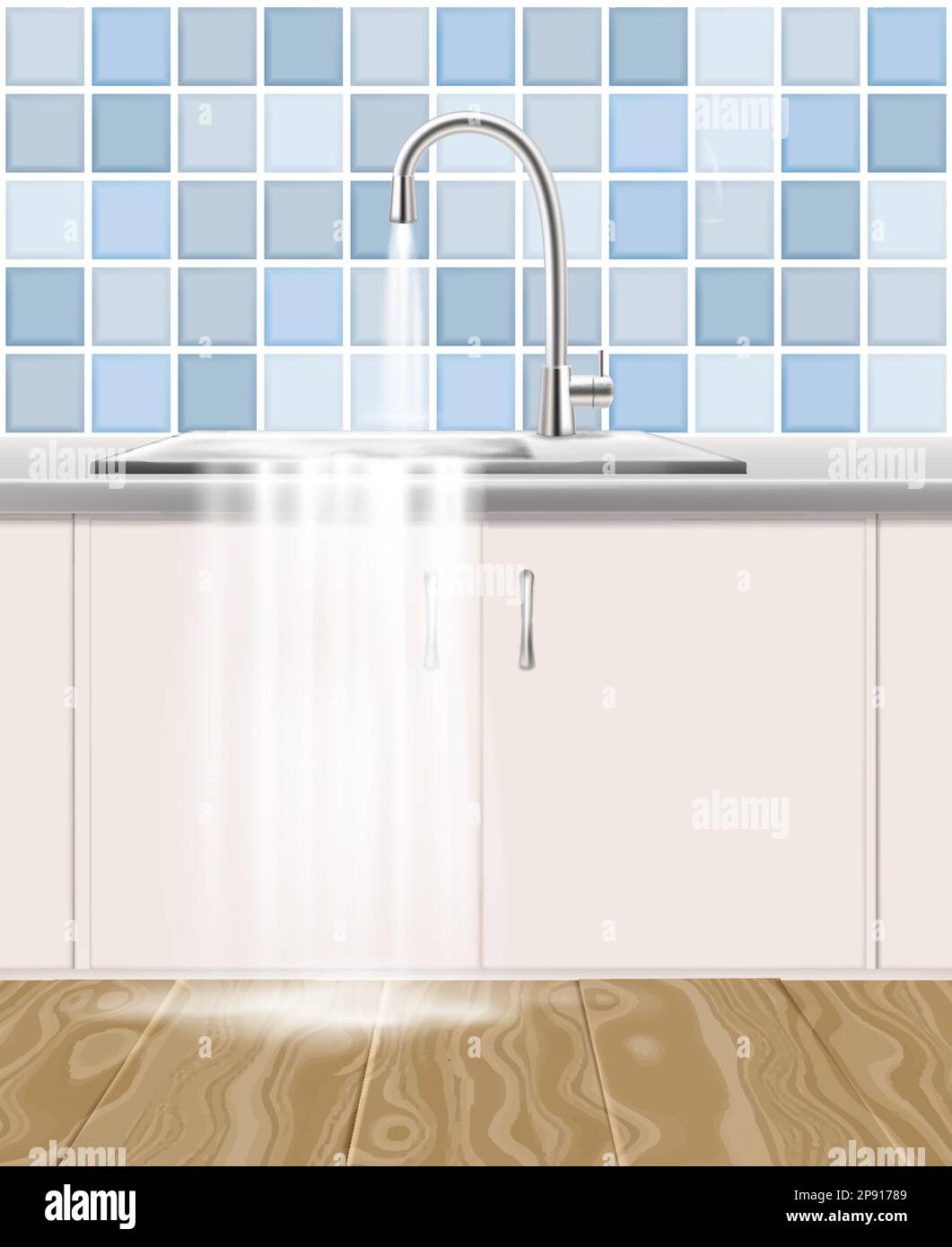
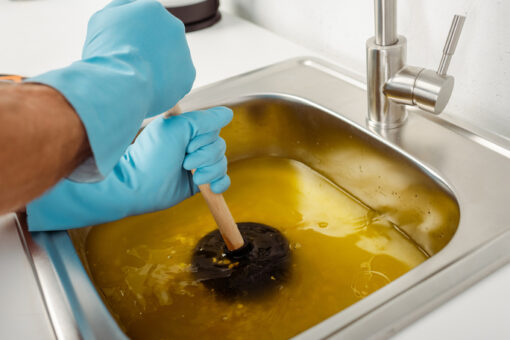





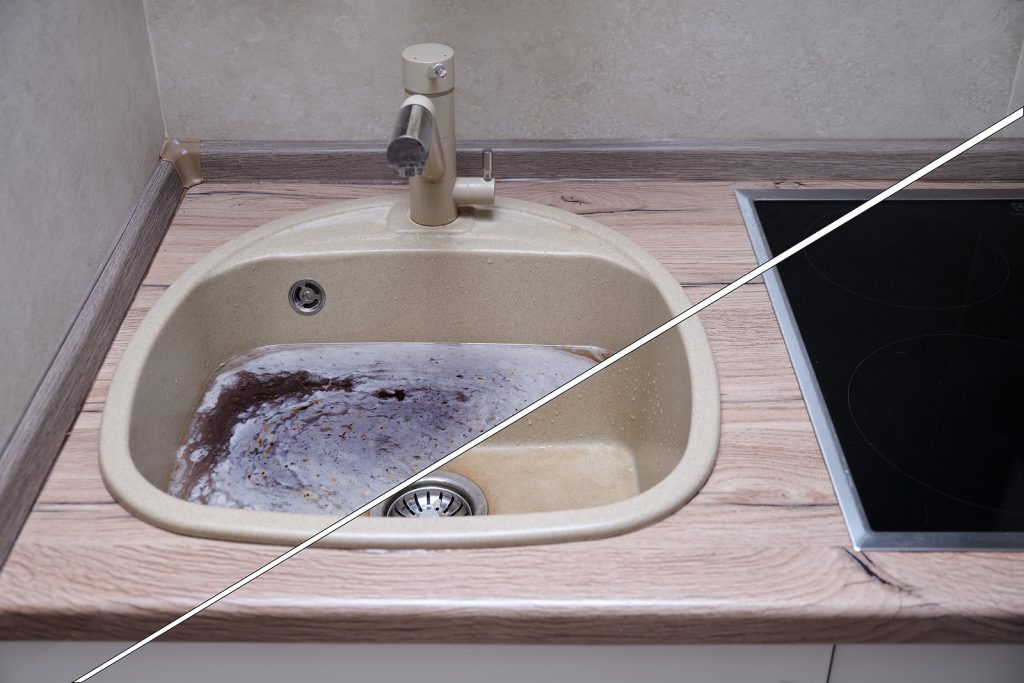









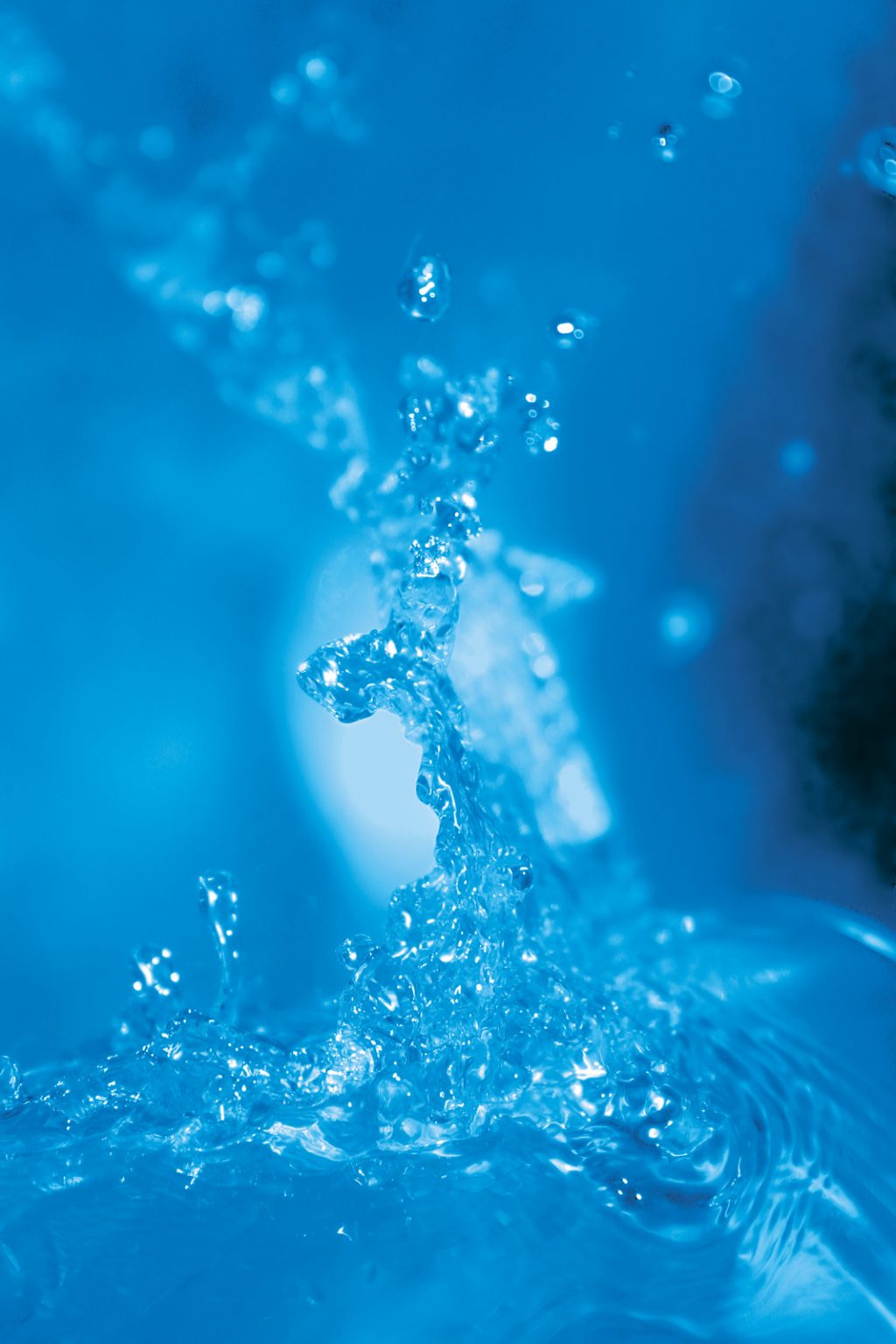
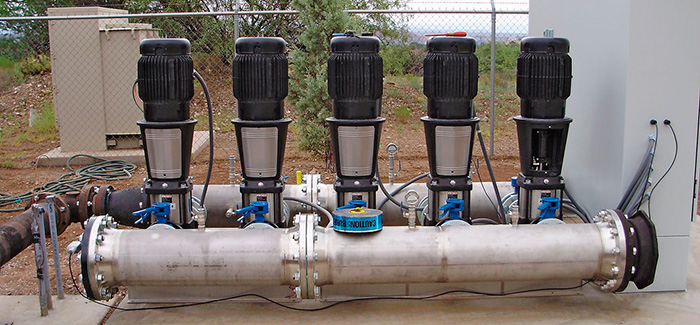




-844-p.jpg?v=ede30092-5775-434a-b8ca-07306b3bbe53)









